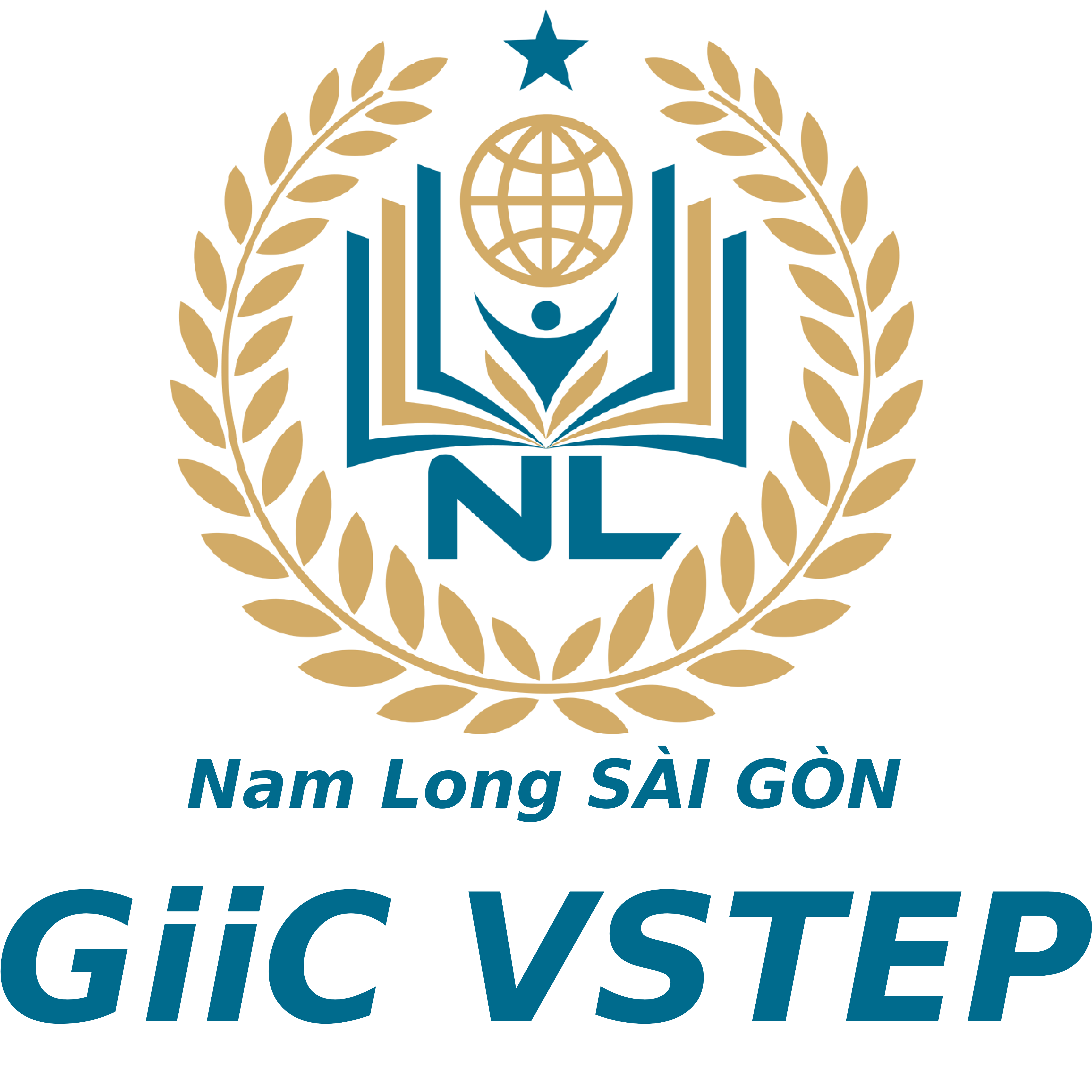Bộ Đề Thi Mẫu Đọc Hiểu Tiếng Anh B1 B2 VSTEP - ĐỌC HIỂU PART 2 - Đề số 2
Bộ Đề Thi Mẫu Đọc Hiểu Tiếng Anh B1 B2 VSTEP - ĐỌC HIỂU PART 2 - Đề số 2
1. Cấu trúc đề thi tổng quát

2. Đề Viết B1 B2 VSTEP: ĐỌC HIỂU PART 2 - Đề số 2
Question 11-20
You should spend about 15 minutes on this task.
Mesa Verde is the center of the prehistoric Anasazi culture. It is located in the high plateau lands near Four Corners in the U.S. Southwest, where Colorado, Utah, New Mexico, and Arizona come together. The climate in this region is dry, but at the bottom of deeply cut canyons, seeps, springs, and tiny streams can be found. These provided the water for the Anasazi crops of corn, beans, squash, tobacco, and cotton. Farming was the main business of these people, but the Anasazi domesticated the wild turkey, hunted deer, rabbits, and mountain sheep, and gathered wild plants.
For a thousand years the Anasazi lived at Mesa Verde. These Native Americans were not related to the Navajos, who came to the area long after the Anasazi. However, because no one knows what the Anasazı actually called themselves, they are commonly called by their Navajo name, which means "the ancient anes" in the Navajo language.
The first Anasazi people, who are called the Basket Makers by archaeologists, came to the area around 550. This formerly nomadic group began to live a more settled life. They built underground dwellings called pit houses. These were clustered into small villages, mostly on top of mesas but occasionally on ledges on the walls of the cliffs that formed the Mesa.
In the next 300 years, the Anasazi made rapid technological progress, including the refinement of basket making, pottery making, jewelry making, leather working, and weaving. Stone Age people, the Anasazi did not use metal, but they skillfully shaped stone, bone, and wood into a variety of tools for grinding, cutting, scraping, and polishing About 750, they began building houses above ground. At first these houses were made of poles and mud, but later they were made of sandstone. This period of development is known as the Early Pueblo Period.
The Great Pueblo Period (1100-1300) was Mesa Verde's classic age. The population grew to about 5,000. The Anasazis' level of technology continued to rise. Around 1200. there was another major population shift. The Anasazi moved from the mesa tops to the ledges on the steep sides of cliffs where some of their ancestors had lived centuries earlier. On these ledges, the Anasazi built two and three-story dwellings made of sandstone blocks held together with mortar made of mud. There were no doors on the first floors, and people had to use ladders to get into the buildings. Rooms averaged about six feet by nine feet (two meters by three meters). They were plastered on the inside and decorated with painted symbols. Smaller, isolated rooms were used for crop storage. The largest village (Cliff Palace) had 217 rooms. All the villages had underground chambers called kivas. Men held tribal councils there and also used them for secret religious ceremonies and clan meetings. Winding paths, ladders, and steps cut in the stone led from the villages to the valley below. One might surmise that these settlements were built on the cliffs for protection, but the Anasazi had no known enemies, and there is no sign of warfare.
A bigger mystery is why the Anasazi occupied their villages for such a short time. By 1300 Mesa Verde was deserted. It is generally thought that the Anasazi abandoned their settlements because of a prolonged drought, overpopulation, crop failure, or some combination of these. They probably moved southward and were incorporated into the pueblo villages that the Spanish explorers encountered two hundred years later. Their descendants may still live in the Southwest.
11. Which animal was NOT hunted by the Anasazi?
A. sheep
B. turkeys
C. deer
D. rabbit
12. What is the most important activity for the Anasazi?
A. growing crops
B. hunting wild animals
C. raising domestic animals
D. gathering wild plants
13. The word 'nomadic' in paragraph 3 is closest in meaning to
A. mobile
B. cultural
C. ethnic
D. small
14. During the Early Pueblo period, the Anasazi did NOT make
A. pots
B. leather goods
C. metal tools
D. jewelry
15. When did the Anasazi first begin to build houses from stone?
A. Before they came to Mesa Verde
B. During the Early Pueblo Period
C. Between 850 and 1100
D. During the Great Pueblo Period
16. Where did the Anasazi move during the Great Pueblo Period?
A. To pueblo villages in the south
B. Onto the tops of the mesa
C. Onto the floors of the canyon
D. To settlements on the ledges of cliff walls
17. During the Great Pueblo Period, Anasazi houses were mainly made of
A. wood
B. mud
C. stone
D. plaster
18. The word 'they' in paragraph 5 refers to
A. buildings
B. dwellings
C. doors
D. rooms
19. According to the passage, kivas were used for all of the following purposes EXCEPT
A. clan meetings
B. food storage
C. religious ceremonies
D. tribal councils
20. According to the passage, the least likely reason that the Anasazi abandoned Mesa Verde was
A. drought
B. overpopulation
C. war
D. crop failure
3. Đáp án
11. B
12. A
13. A
14. C
15. D
16. D
17. C
18. D
19. B
20. C
